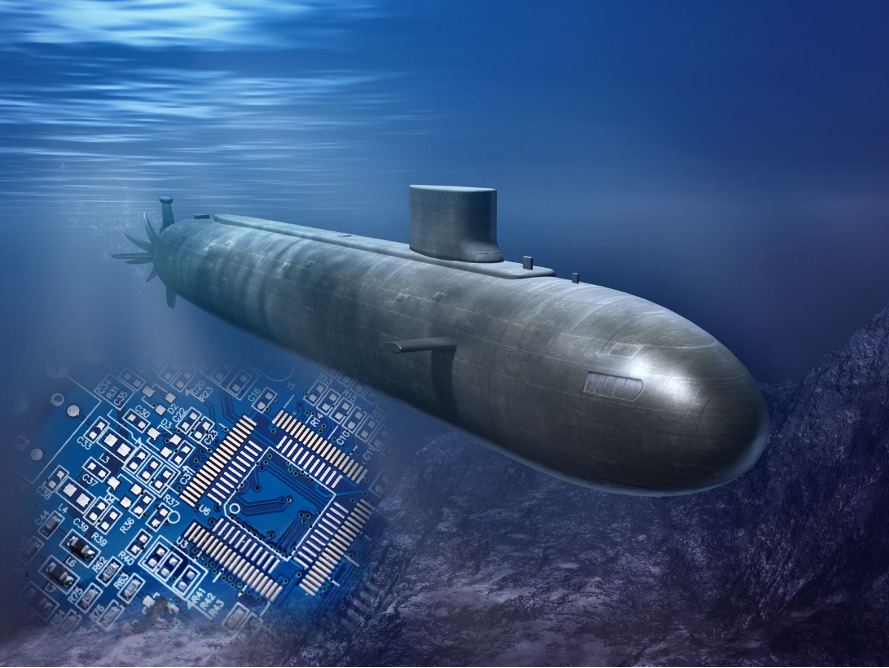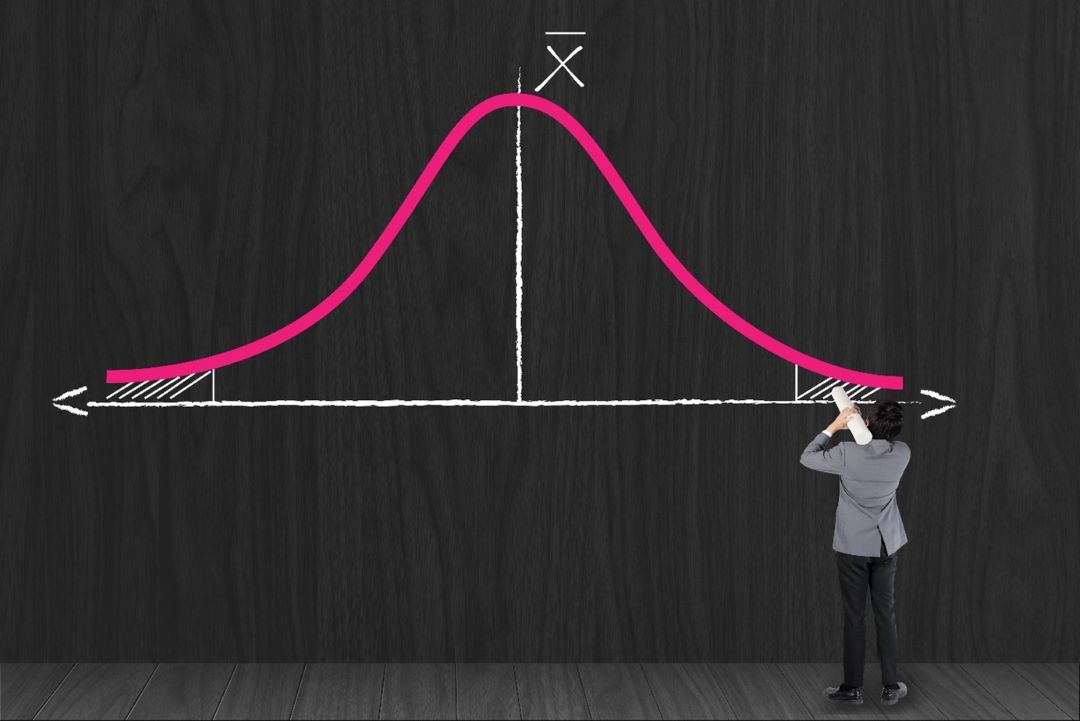Developing Intuitive S&OP Processes
Associating intuition and S&OP processes may seem… counterintuitive, right? For most companies that practice it, the S&OP process involves gathering information, facts, and hypotheses to analyze and then use to develop an action plan — a roadmap for negotiating changes in the coming months. It’s all about data crunching, logical reasoning, putting together elements from … Read more















